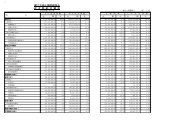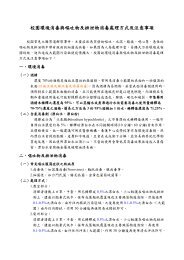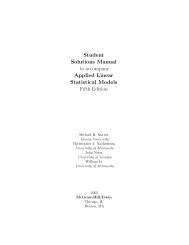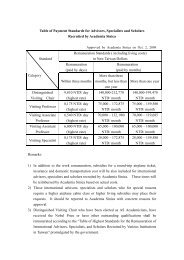Journal of Film Preservation - FIAF
Journal of Film Preservation - FIAF
Journal of Film Preservation - FIAF
Create successful ePaper yourself
Turn your PDF publications into a flip-book with our unique Google optimized e-Paper software.
Belgian Royal <strong>Film</strong> Archive (Cinematek), Brussels.<br />
(American Cinematheque), on the other hand, can’t imagine changing to<br />
two- or three-month programmes. “If I publish a three-month programme,<br />
I can’t guarantee an audience, and I can’t secure a commitment from guests<br />
and speakers so far in advance <strong>of</strong> the programme.”<br />
Extended Runs<br />
Several <strong>of</strong> the larger cinematheques, with more than one auditorium<br />
available, present selected films within the concepts <strong>of</strong> “extended runs” or<br />
“exclusively limited runs”. These two concepts, which may originally signal<br />
something opposite (“extended” and “limited”), in reality mean the same<br />
thing: that a film is listed for daily runs, for typically a week or 14 days.<br />
With regards to the other film programmes, it is decided beforehand how<br />
many runs a single movie is given. The reason why they<br />
break with the normal cinematheque principle – to screen<br />
a film only once or twice – is first and foremost because<br />
local distributors increasingly do not import a number<br />
<strong>of</strong> interesting foreign films. In this way, cinematheques<br />
contribute to expanding the cinema repertoire. In addition<br />
to this, the films shown every day for a week will in most<br />
cases get press coverage and be reviewed. In this way,<br />
the cinematheques hope to attract new audiences, who<br />
are also expected to take an interest in the rest <strong>of</strong> the<br />
programme. However, the cinematheques do not only<br />
show new films as “extended runs” but also re-released<br />
classics. Often extended runs <strong>of</strong> a classic or a new film are<br />
combined with retrospectives on the directors in question.<br />
In this vein, BFI Southbank presented Some Came Running<br />
in relation to a Frank Sinatra series; The 39 Steps as a prelude<br />
to films featuring the actor<br />
Robert Donat; and Jules et Jim<br />
was shown for 14 days as part <strong>of</strong><br />
a focus on Jeanne Moreau.<br />
Museum <strong>of</strong> Modern Art, New York.<br />
Furthermore, BFI Southbank<br />
was very successful with the<br />
re-release <strong>of</strong> Michelangelo<br />
Antonioni’s Pr<strong>of</strong>ession Reporter/<br />
The Passenger, which brought<br />
in £45,000 in two weeks –<br />
during the world football<br />
championships, too, when other<br />
cinemas sold very few tickets.<br />
BFI Southbank moves the films<br />
in question around their three<br />
auditoriums. The last two or<br />
three days <strong>of</strong> such BFI runs are<br />
shown in NFT 1 (450 seats),<br />
because experience shows that<br />
the public’s interest peaks just<br />
before the film is removed from the programme. Cinematheque Ontario<br />
in Toronto also has had good experiences with “exclusively limited runs”<br />
<strong>of</strong> both new and classic films. Alongside a Godard retrospective, the<br />
cinematheque successfully presented both Pierrot le fou and La Chinoise as<br />
“limited runs”. In Toronto you don’t buy the rights to the films in question;<br />
17 <strong>Journal</strong> <strong>of</strong> <strong>Film</strong> <strong>Preservation</strong> / 81 / 2009
















